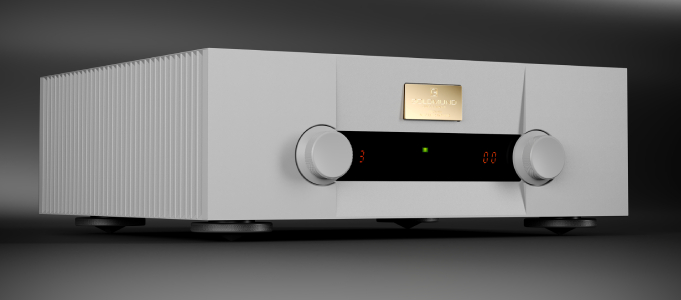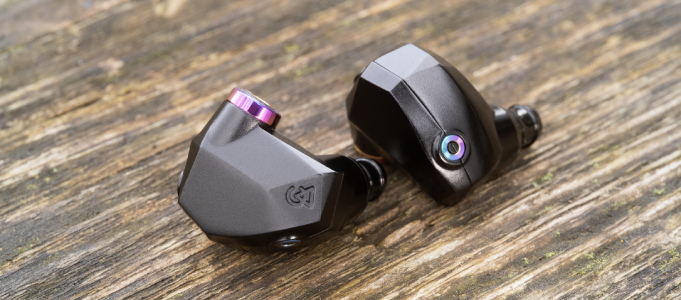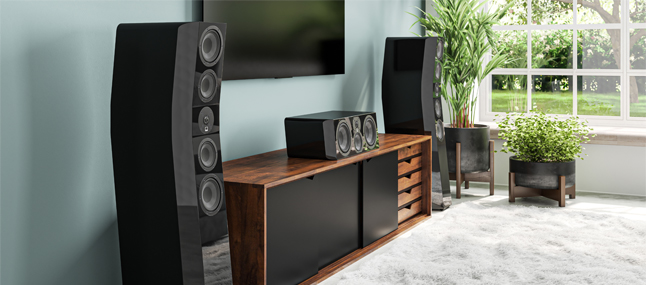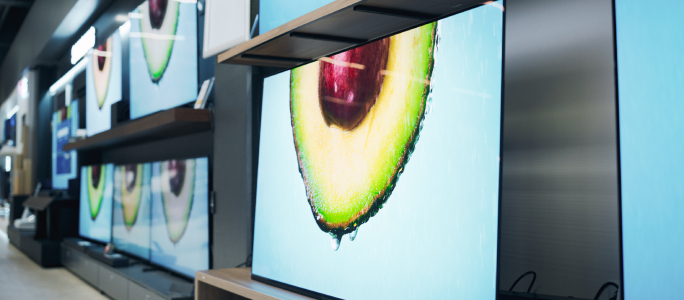Opinion: Reeling in the Years

David Price reflects upon a generation of changes in the hi-fi world…
I joined the hi-fi industry twenty-five years ago, just a couple of years after the World Wide Web was invented. As a fresh-faced rookie reporter on Hi-Fi World magazine, I would saunter down London’s Elgin Avenue every morning, then cut past the BBC Maida Vale studios – where so many great music recordings were made – to my office. My first job – having brewed up that all-important cup of tea, of course – would be to open the mail.
Much to my chagrin, I would barely have had my first gulp of Tetley’s when the postman arrived – then I’d have to physically sit down and take the letters out of a massive mail sack. There was an awful lot of them, some typed, some beautifully handwritten, some scrawled like a five-year-old. Then, one by one, the sane letters would be transcribed onto an Apple Mac Classic. At the time, this computer seemed the height of modernity but had a screen smaller than my new iPad and a processor slower than my old iPhone.

Then several other editorial staff and I would write and review. The kit that we had finished with would be driven over to our photographer on the other side of town, who would work wonders with an old-style film camera. When he’d done this, after a stint in his darkroom he would send the transparencies back to us via motorcycle courier. These went on a light board where we could see roughly what the photos would look like when printed. Layouts were done on a shonky old desktop publishing program, then printed out with the transparencies physically sellotaped to the empty boxes on the page that had been left for artwork. Then it was biked to the printers to set, before the magazines could be printed.
Despite all this kerfuffle, we thought we were at the very cutting edge. I remember reviewing the first generation of Bitstream CD players – the Marantz CD63 KI Signature being state of the art at the time – and thinking they were the future. Loudspeakers were beginning to look more like they do now, with Mission doing some brave floorstanding designs like the 752. Amplifiers like the Audiolab 8000a and Naim NAIT 3 dominated our mailbag, with readers wondering which one they should buy. The received wisdom of the day was that vinyl was dying and sounded worse than CD; I opined that it wasn’t and didn’t and was roundly savaged by a number of readers. Apparently, What Hi-Fi magazine thought differently, said one letter writer – well that was me told!
As I look back upon a generation spent writing about hi-fi, it’s incredible to think about how things have changed. Magazine production may now be dramatically different, but online is even more so. Compact Disc is now fading fast – with sales one-tenth down around the world, year on year – while vinyl LP sales are actually rising. MiniDisc – the great new format that Sony had planned for the world back in 1993 – is now relegated to the status of a pub quiz question that only your geeky uncle would get right. The thing that none of us foresaw – online, cloud-based music distribution – rules the roost in most Westernised music markets, with over 255 million users globally now.
There are still some echoes of the past around, though. That time was a great period for DACs. I remember reviewing two that really impressed me, standing head-and-shoulders above everything else around back then – the Pink Triangle Da Capo and the DPA Enlightenment. The designer of the former was John Westlake, who later did the all-conquering Audiolab M-DAC, and the designer of the latter was Rob Watts, who is now the resident God Emperor of Chord Electronics.

John Franks (left), Robert Watts (right) at StereoNET's Melbourne office.
Since then we’ve seen massive improvements in loudspeakers, especially affordable ones – quacky Kevlar and polypropylene cones popular in the nineties have largely been banished, with a move back to either paper or carbon fibre. Class AB solid state amplifiers have got cheaper and better, while Class D designs have improved immensely. Valve amplifiers are now much more mainstream – lest we forget, to own one three decades ago was widely regarded as an early sign of mental illness.
Overall then, I reckon that today’s hi-fi world is better than ever. It’s certainly more diverse, with more room for people into specialist things like reel-to-reel or head-fi. At the same time, inexpensive audio is way better than it used to be, with far more choice in the market. Gone is the sense that you ‘must’ have one or other type of system, it’s now different strokes for different folks. People talk of the golden age of hi-fi as being the nineteen seventies and eighties, but perhaps we’re living through it now?
I'd love to hear your thoughts in the comments below.
David Price
David started his career in 1993 writing for Hi-Fi World and went on to edit the magazine for nearly a decade. He was then made Editor of Hi-Fi Choice and continued to freelance for it and Hi-Fi News until becoming StereoNET’s Editor-in-Chief.
JOIN IN THE DISCUSSION
Want to share your opinion or get advice from other enthusiasts? Then head into the Message Forums where thousands of other enthusiasts are communicating on a daily basis.
CLICK HERE FOR FREE MEMBERSHIP







